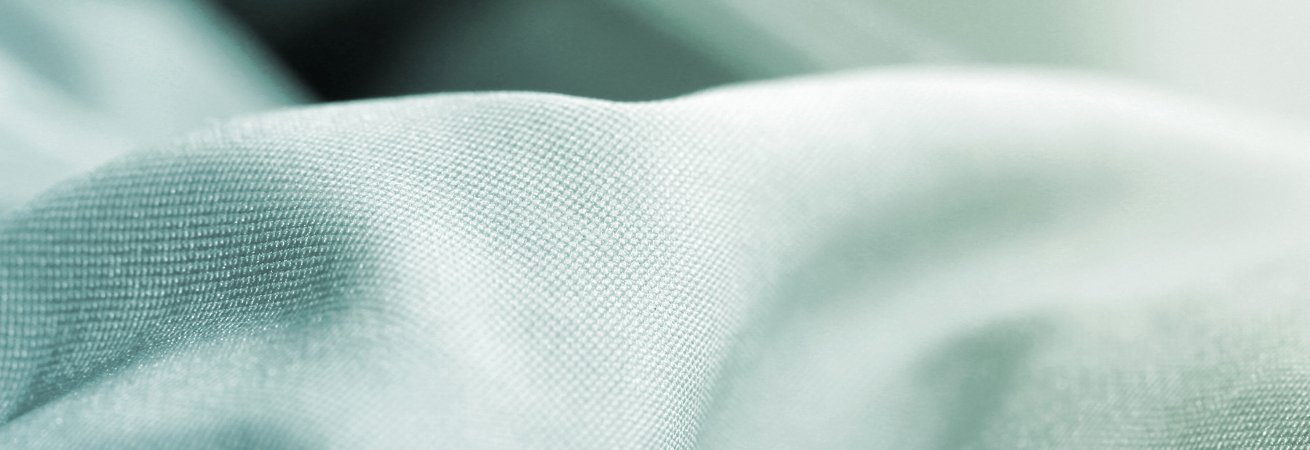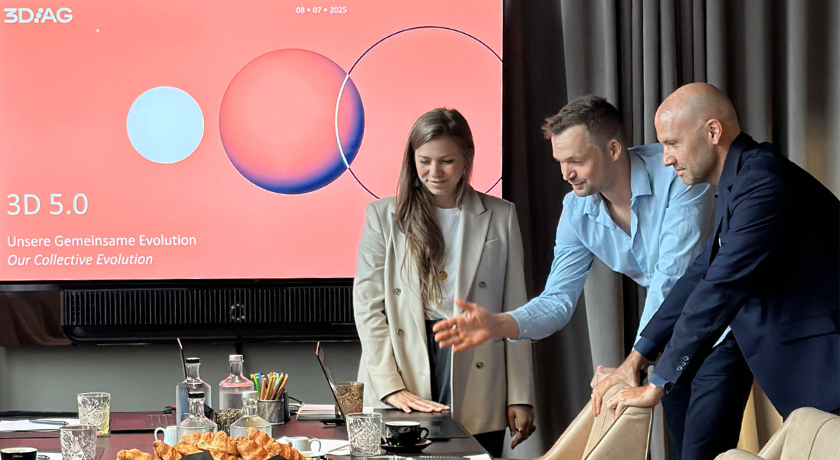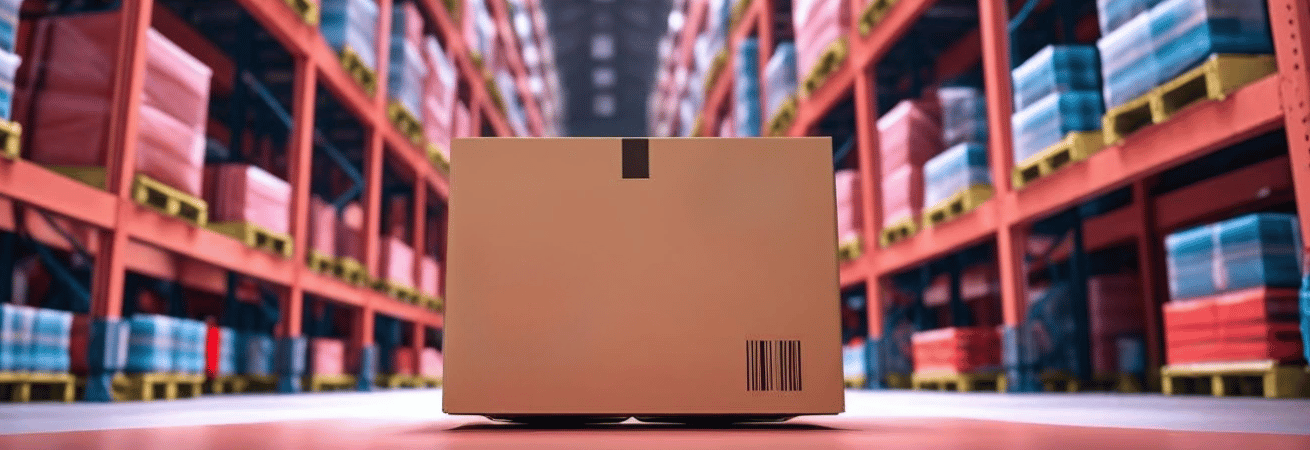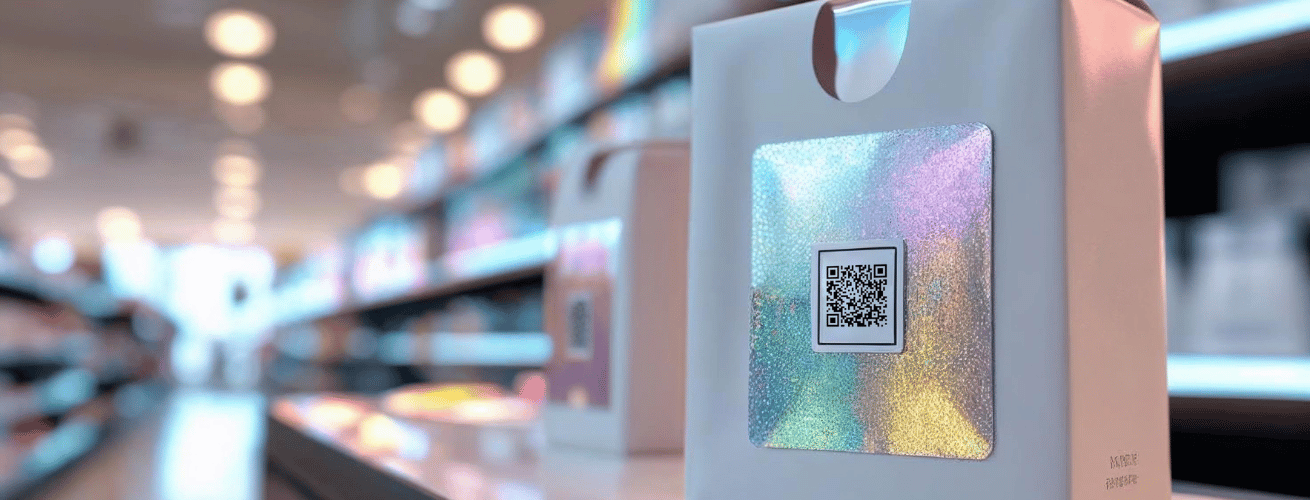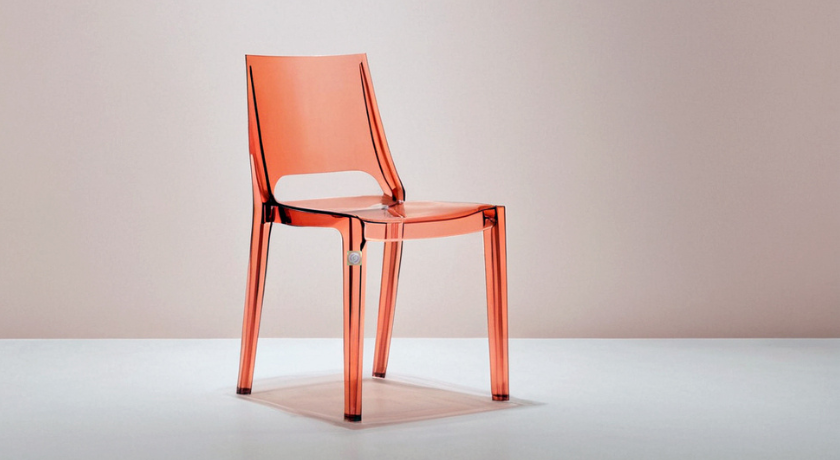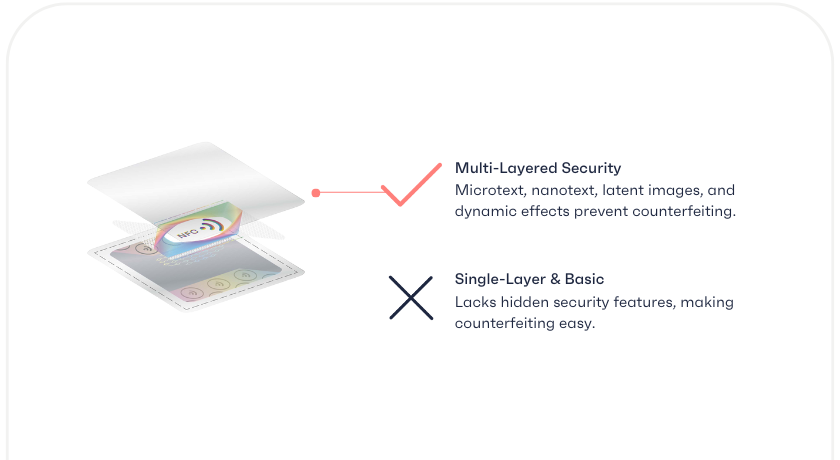Industrial Replication of Nano & Microstructures
The end goal is always to elevate a structure from prototyping all the way to industrial replication. With the current developments of applied micro and nanotechnologies in next-generation products, there is a growing demand for mass replication of nano and microstructures.
At 3D AG, we have extensive experience in working with thermal embossing, UV embossing (roll-to-roll and roll-to-plate), and injection molding. By combining precision, efficiency, and scalability, these techniques empower various industries to meet the intricate design requirements and production needs of today’s market.
UV Embossing Meeting the Stringent Requirements of Intricate Patterns with Nickel Shims for R2R and R2P Processes
UV Embossing Technology
UV embossing stands out as a remarkable method that enables the replication of sub-micron or nanoscale features with exceptional precision. By utilizing UV-curable resins and molds, this technique ensures high-volume production of complex structures that meet the stringent standards of industries requiring intricate patterns and precise designs.
UV embossing is a printing technique that uses ultraviolet light to cure or harden ink or varnish that has been applied to a substrate. The process involves the use of a special plate or die that has a structured pattern on it, with the goal to transfer it to the substrate. 3D AG’s nickel shims or sleeves have been applied in different UV embossing processes countless times as replication tools for the transfer and industrial replication of micro and nanostructures. When the substrate is pressed against the replication tool and exposed to UV light, the ink or varnish is cured and hardens.
Nickel Shims as Tools for R2R and R2P
Our tools have been applied for both roll-to-roll (R2R) and roll-to-plate (R2P) processes. Roll-to-roll (R2R) technology provides a continuous manufacturing process specifically tailored for large-scale replication of structures on flexible substrates. The seamless guidance of the substrate through multiple processing stations, such as printing or embossing, allows for efficient and high-speed mass replication over extensive areas. This capability proves invaluable to industries seeking to meet the demands of extensive production runs for micro and nano structures.
Structure Shrinkage and Precompensation
A crucial step for high fidelity UV embossing is the origination or fabrication of the master template used as base. The different processes applied to achieve a tool for UV embossing, can create a slight structure shrinkage. Furthermore, UV embossing creates shrinkage through the curing process, so it is important to think about precompensation when engineering your master structure with your chosen method of fabrication.
Injection Molding with Nickel Shim Inserts for Mass Replication with Rapid Cycle Times
Injection Molding Technology
Injection molding has emerged as a widely adopted method for mass replication of structures, particularly in the production of plastic parts. Its ability to inject molten material into precise mold cavities ensures high efficiency and design flexibility. The molten material is injected into the mold cavity and after cooling it solidifies, resulting in the formation of the desired plastic part, and including the micro or nanostructure. With a diverse range of materials available, injection molding offers cost-effective and reliable production of intricate structures on a significant scale, satisfying the complex needs of numerous industries.
Nickel Shims Welded to Inserts or as Insert Itself
There are different procedures on how to integrate micro or nanostructures into mold cavities. Some structures can be directly engraved into steel to create an insert. In other cases, nickel shims can be welded onto steel inserts, or they become the insert itself. The direct application of nickel shims is a very cost-effective procedure for injection molding with fine micro or nanostructures. They are integrated as inserts that can be exchanged for the different cycles.
Structure Demoldability
As with any replication process, the demoldability of a structure needs to be assessed beforehand, to ensure a clean separation procedure. The injected material fills the mold cavity and takes the shape of the structure. Cooling channels within the mold assist in the solidification process, and when the material is cooled and solidified, it can be injected from the mold. This step only works with micro and nanostructures that are demoldable and can separate from the cavity, for the cycle to repeat with the next injection.
Injection molding offers high efficiency for mass replication with rapid cycle times, allowing for efficient production. It provides design flexibility to replicate complex structures precisely and supports a wide range of materials, making it cost-effective, especially for large production runs.
3D Insights
Get in touch
Laettichstrasse 4a,
6340 Baar, Switzerland



